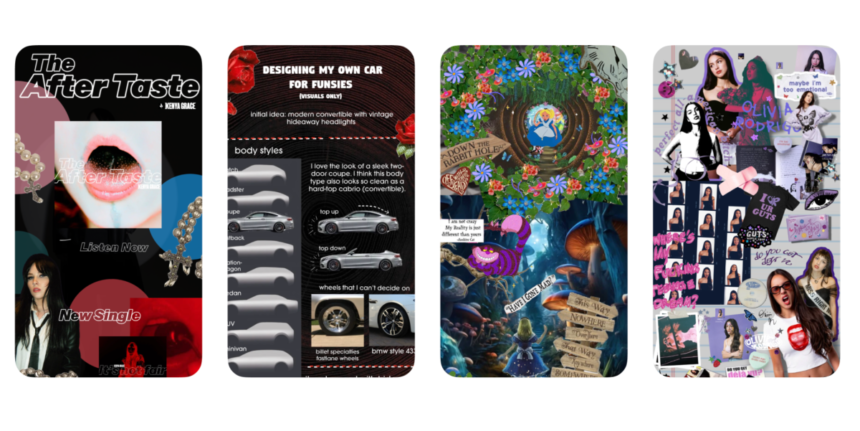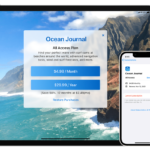Verse, a new AI-powered creative app, is aiming to help Gen Z users create hyper-visual and expressive content. The iOS app allows users to design and publish multimedia content on an interactive canvas with the help of an AI assistant.
You can create a mini website, called a Verse, for things like moodboards, greeting cards, invitations, storefronts, fan pages, blogs, and more. Verse also gives content creators and influencers a creative way to connect with their audience and share information via a link-in-bio format.
Verse was founded by Bobby Pinckney, a former management consultant at PwC, and Michelle Yin, a former engineer at Meta. The duo met in college and previously founded a YC-backed music discovery app called Discz, which currently has over 1.5 million users.
Pinckney and Yin came up with the idea for Verse while they were working on Discz. They added a Profile feature for the app that users could drag and drop songs or images onto. Although the duo added the feature to allow users to express what kind of music they like, they saw that people were using it as a creative tool.
“What we thought was going to be a way for people to express like, this is who I am and what music I like, turned out to be a tool of choice for users,” Pinckney told TechCrunch. “And this just blew our minds, because we didn’t expect it at all. We’re like, this is a music app, and we gave these users a Profile, but they’re literally using our platform to create media that they then share elsewhere.”

The duo then decided to create Verse. The platform launched to the public on iOS in June, and users have created over 200,000 Verses since then.
While current popular design and publishing platforms like Canva and Wix are static and somewhat template-based, Verse offers a scrollable, multimodal canvas. You can add all sorts of elements to your creation, such as photos, stickers, videos, links, GIFs, text, backgrounds, songs, and more. You can also link a Verse within another Verse.
The platform’s AI assistant will guide you through the entire process, from designing to publishing. The assistant leverages LLMs from OpenAI, Anthropic, Meta’s Llama, and Mistral.
“We’ve essentially taken all these super complex technologies, like publishing and design, and we’ve made it accessible directly from your mobile phone, and also made it incredibly easy to use,” Yin said.
Once you’ve created your Verse, you can publish it and share it as a mini website across social media.
“Self-expression is a very common use case,” Pinckney said. “Not everyone wants to be on camera and make a Tiktok, right? And so, you have so many people who want to express themselves and communicate an interest or hobby or information but don’t want to be making TikToks, for example. And so this is a creative medium for them to express that.”

In addition to being used by everyday users to express themselves, Verse is also a way for artists and companies to make immersive content for their brands.
For example, British singer and songwriter Kenya Grace created a Verse to mark the launch of her EP. The Verse includes a link to her new single, a list of her tour dates and where to buy tickets, links to her social media, images of herself, and more. Plus, hard seltzer company Lunar has created a Verse that it has in its Instagram bio to market its different products and link out to where users can purchase them.
While Verse is mainly a design platform, it also includes a social aspect. You can browse through Verses that other people have created based on different topics, such as Trending, Featured, Music, Lifestyle, Art, Film, Gaming, and more. If you come across a Verse you like, you can leave a comment.
The app is free to use, but the company may explore a subscription model at some point in the future.
In terms of the future, Verse plans to launch an Android app. The company also plans to launch a way for users to create Verses on the web, especially as it has been seeing demand from marketing teams who want to create experiences for their brands on the web.
Source : Techcrunch






